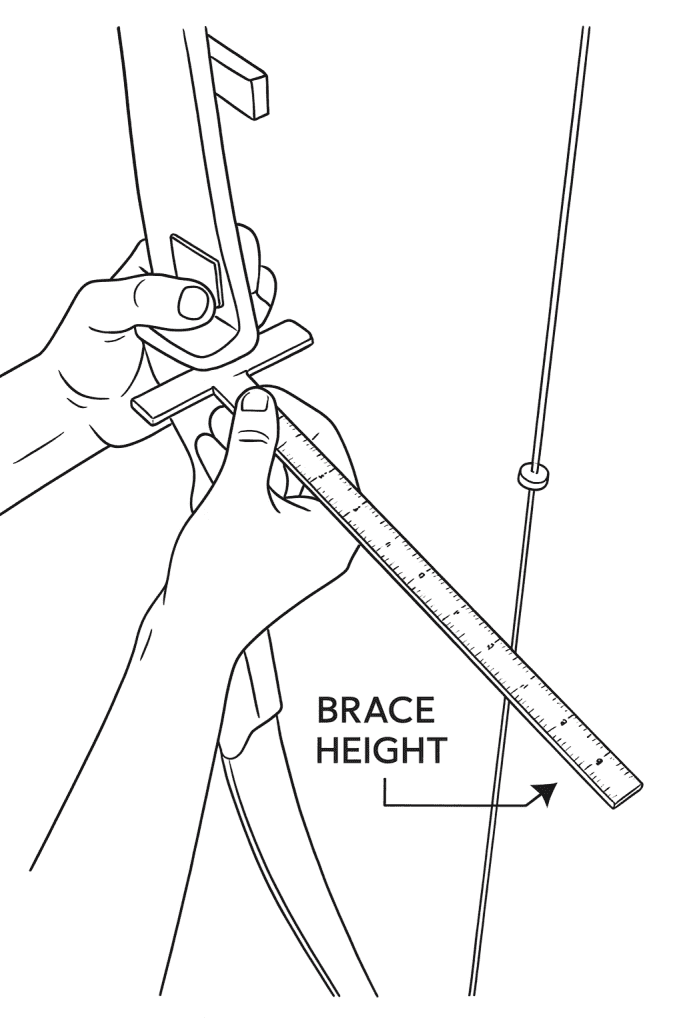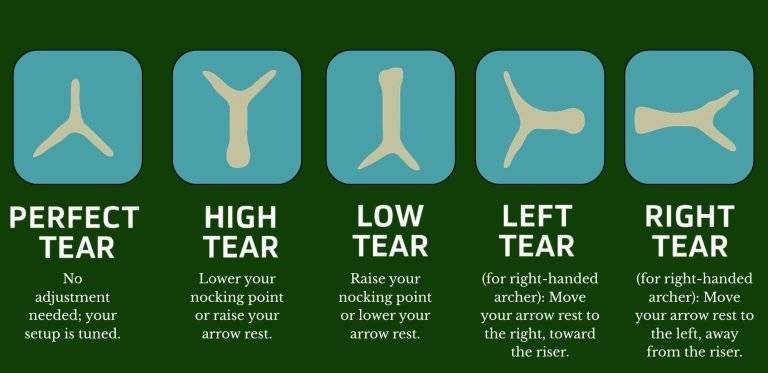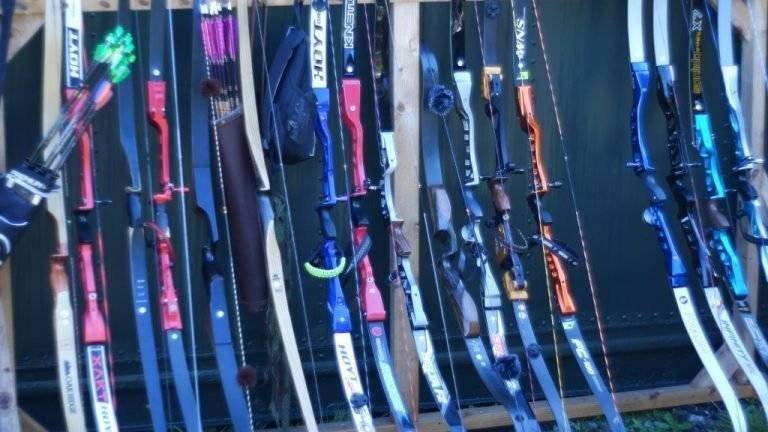A calm first month comes from a few steady habits. Learn the names of the parts, follow clear steps, and keep short notes after each session. The dictionary below explains the core setup ideas that help every beginner on an any club line: brace height, bow stringers, safe stringing, nocking points, basic string knowledge, arrow-side essentials, a small toolkit, quick fixes, and everyday range rhythm. Read straight through once, then keep it handy in your notebook or on your phone during practice. Confidence grows fast when the same simple actions repeat the same way each time.
1. Brace height

Definition. Brace height is the distance from the deepest part of the grip—the pivot point—to the string when the bow sits strung. A small ruler or a purpose-made brace gauge measures it in inches or millimetres.
Why it matters. A steady brace height supports smooth arrow clearance, cleaner sound, and a settled feel in the bow hand. It also supports consistency from end to end. Many modern recurves live comfortably somewhere around 7½–9 inches. Many longbows settle somewhere around 6–7½ inches. Makers publish a recommended window for each model. Aim for the maker’s window first, then fine-tune by feel over a few sessions.
How to check. Place the gauge at the pivot point, read the number where it meets the string, and write today’s value in a notebook. A single number on paper helps you repeat success later.
How to adjust. Add twists to the string to raise brace height. Remove twists to lower it. A small change (one or two twists) goes a long way. After any change, shoot three ends, listen to the sound, feel the bow in the hand, and glance at grouping. Record the new number and one short line about feel.
2. Bow stringer

What it is. A bow stringer is a strap-and-cup tool that helps you string and unstring safely. One cup sits over a limb tip, the saddle or second cup sits on the other limb, and the strap runs between.
Why it matters. A stringer protects limb alignment, protects shoulders and backs, and gives beginners a reliable method from day one. It also builds the habit of checking each tip during setup, which prevents mis-seated loops and the problems that follow.
Types. Common versions include saddle-and-pocket and dual-cup designs. Recurve and longbow versions look slightly different; a shop can match the right model to your bow.
Safe use. Place the lower loop first. Fit the stringer cups on the tips as directed. Stand balanced with feet planted, raise the bow through the legs with a long spine, tension the limbs through the strap, slide the upper loop into its groove, and release tension slowly. Before a first arrow, look at both tips and confirm the loop sits in the groove.
How to string and unstring (with a stringer)
Stringing. Lay the bow on a table or rest it upright beside you. Slide the lower loop into the lower groove. Fit the stringer cups to the tips. Slip the upper loop onto the upper limb but leave it low on the taper. Step on the stringer, draw the bow upward with the strap, and guide the upper loop into the groove. Ease pressure until the limbs settle. Check both tips, then check again.
Unstringing. Fit the stringer cups, step on the strap, raise tension, slide the upper loop down the taper to a relaxed position, and release tension under control. Remove the stringer and store the bow. Wooden bows appreciate a rest between sessions; many modern recurves also enjoy relief when travel or storage lasts longer than a day.
Quick habit. Begin every shooting day with a tip check and a brace-height check. Two glances and one number keep equipment honest.



